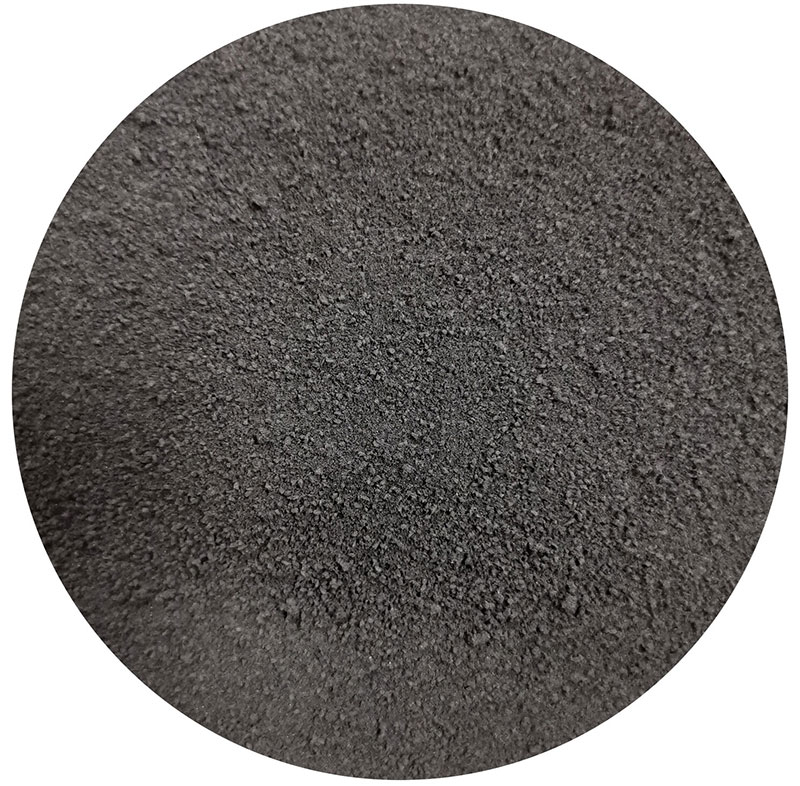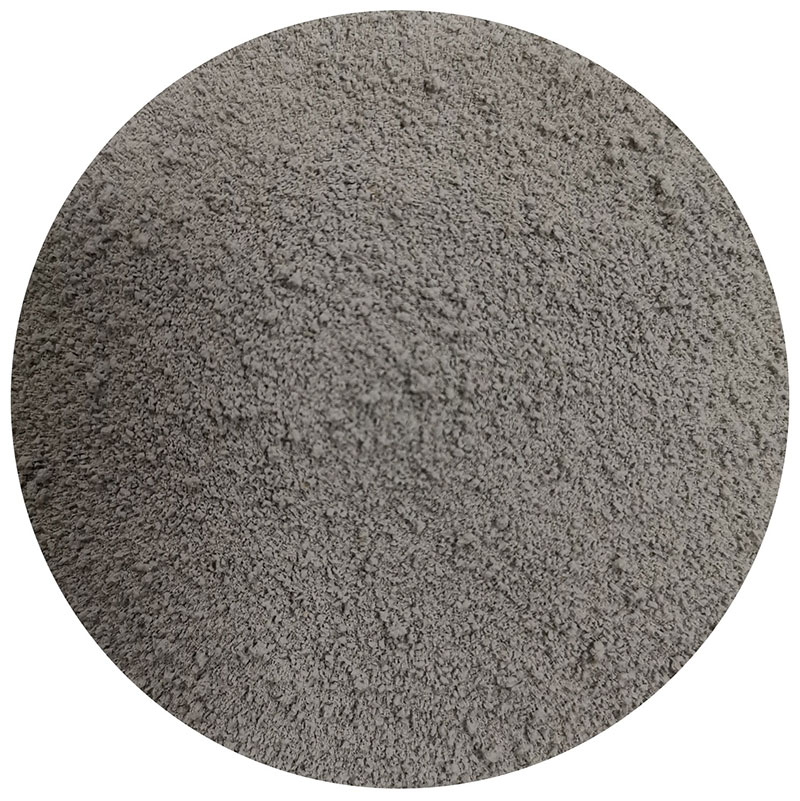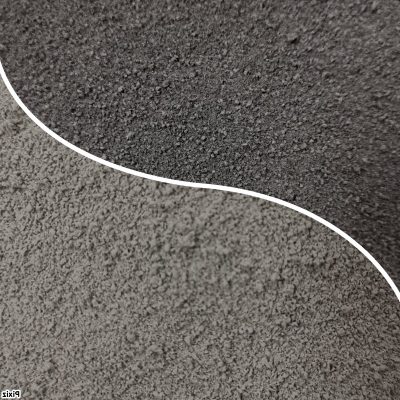NBR Rubber Powder: high performance micronized in oil resistant compounds
NBR Powder is the product line of micronized rubber powders for applications in NBR based compounds as filler
Nitrile rubber is a synthetic rubber obtained from the acrylonitrile copolymer with butadiene.
It is generally resistant to oil, fuels, and other chemicals.
Application fields
Its strength makes it a useful material for the manufacture of automotive gloves and gaskets whit high performance
NBR Rubber Powder production: fine size particles for compound

NBR BLACK 0006 it is black in color and consists in micronized rubber powder size 350 to 35 mesh. Its base of a high % polymer compound. Find data sheet report on the button above.

NBR GREY 0006 it is grey in color and consists in micronized rubber powder size 350 to 35 mesh. Its base of a high% polymer compound. Find data sheet report on the button above.
NBR or Nitrile Rubber – Technical Notice
NBR is a family of unsaturated copolymers of 2-propenenitrile and various monomers of butadiene (1,2-butadiene and 1,3-butadiene). Choice among the various NBR polymers depends on the acrylonitrile (ACN) content which determines the main properties of these types of polymer. The higher the ACN content, the better the resistance to fuels and oils. The lower the content, the better the resistance to low temperatures. The main problem with this rubber is finding the optimal compromise between resistance to oil and fuel on one hand and elasticity and resistance to the cold on the other.
In addition to these properties, nitrile rubber demonstrates:
High tensile strength;Low permanent deformation; Low gas permeability; Good abrasion resistance; Good heat and aging resistance. Good compatibility with other types of polymers and materials.The most commonly used NBR polymers are those with a 33% to 38% ACN content.
Fields of Application: NBR is mainly used for products in the automotive industry.
For example, for the production of fuel supply pipes, throttle support plates, oil and heat resistant head gaskets etc. The main limitation in the extrusion and calendering of NBR is nerve control. However, NBR with internal cross-links exists, resulting in low “die swell”; For the most commonly used ACN content, various values of Mooney viscosity can also be planned.
Other fields of application for nitrile rubber are:
Production of disposable gloves; Synthetic leather; Printing rollers; Cable sheaths; NBR can also be used as a binder in the preparation of adhesives





